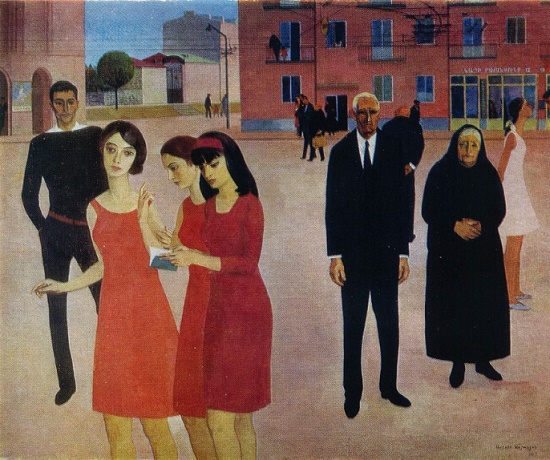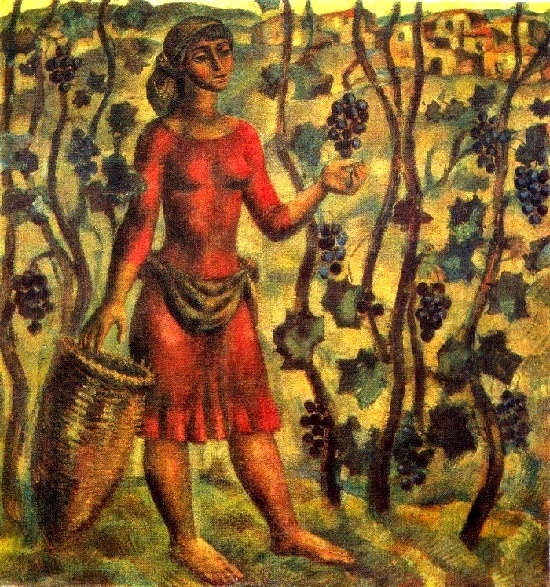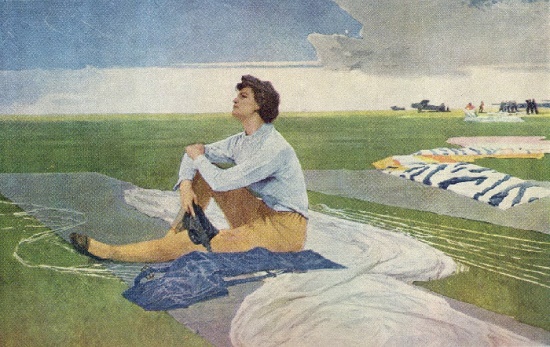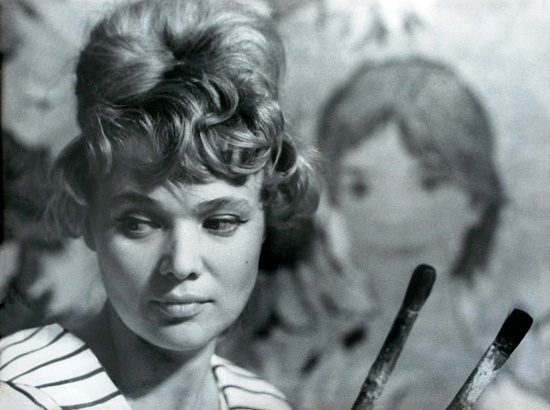Soviet Latvian artist Laimdot Murniek 1922-2011
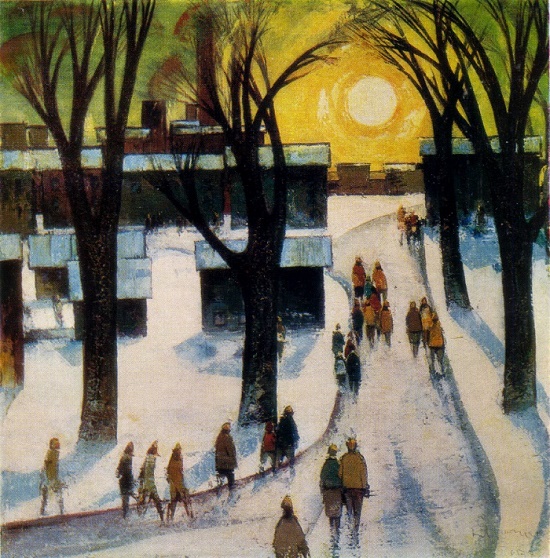
Rural landscape with the sun. 1967. Oil on canvas. Soviet Latvian artist Laimdot Murniek (1922-2011)
Soviet Latvian artist Laimdot Murniek was born in 1922 in the Vestiene area of the Latvian SSR. First, he studied at the teacher’s institutes in Cesis and in Jelgava (1938-1944). Then, in 1953 he graduated from the Latvian Academy of Arts with his thesis “Winged Assistant” (under the leadership of V. Kozin).
He is the author of landscapes, portraits, still lifes, and thematic paintings. Meanwhile, landscapes of Murniek never exactly repeat nature, rather it is a poem about what he saw. Always built in a certain color and emotional scale, which corresponds to the character of the image. Sometimes an artist resorts to deformation and generalization, intensifying the sharpness of figurative expressiveness. He likes to repeat all the same motive in order to reveal a new unexpected sound in it. Therefore, Murniek built his works on bright contrasts of color, so the artist is so attentive to the texture of painting.
In the “Rural Landscape with the Sun” (1967), the artist’s favorite motif: the dark trunks of trees against the background of a bright sky. The sun, an indispensable participant in his landscapes, as if melting the paint on the canvas. The fumes of palette knife, leaving sliding glare on the surface, strengthen its shine.
Read more »
